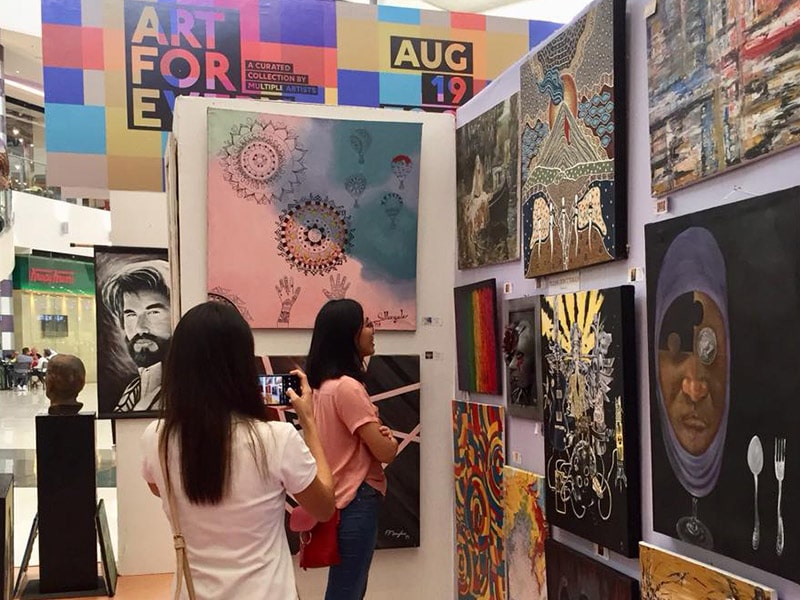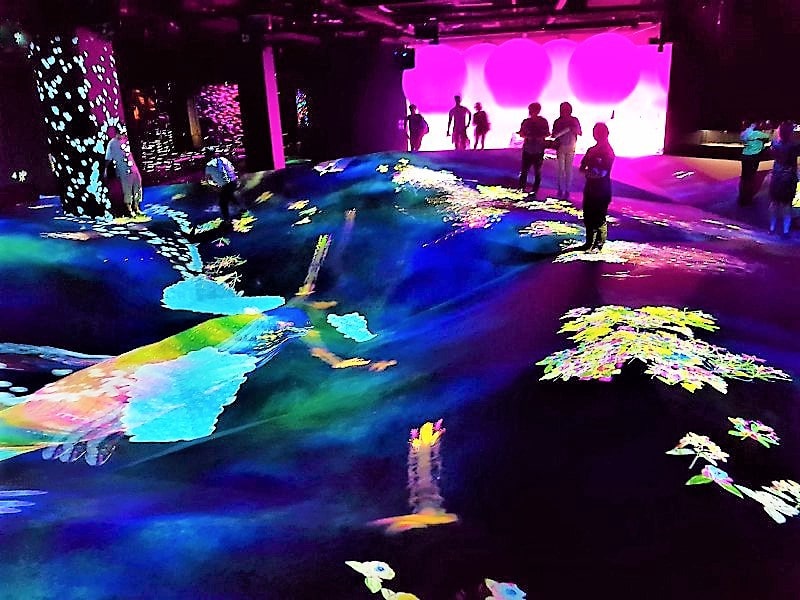Preserving works of art

Several weeks have already passed since the crisis at the Barcelona Museum of Contemporary Art (MACBA). This article does not intend to comment on the events that caused it, but rather to address a reflection on the nature of museums. I take as my starting point two comments published in the days immediately following the crisis.
Are the names so important, the reader will ask? They are when they name different things. A kunsthalle is a public institution whose aim is to exhibit contemporary art. Kunsthalle (and other similar institutions, such as art circles or fine art circles in Spain) flourished in the last decades of the 19th century.
They obeyed very specific historical conditions. On the one hand, the official salons linked to the academic system were in crisis; on the other hand, despite the growing demand for contemporary art, the market was functioning poorly because commercial galleries were still few and far between. There was a need for spaces where young painters and sculptors could show their works to reach potential buyers.
The public administrations, spurred on by pressure from local artists, made an effort to create them. But around the middle of the 20th century, after the Second World War, things changed. The contemporary art market began to grow with unexpected vitality. Many kunsthalles languished or died (as did most of the artistic circles in our provincial capitals).
Today the market operators (gallery owners, dealers, auction houses, investors, advisors, curators, communicators, etc.) form a system that exercises absolute and undisputed dominion over all sectors of contemporary art. The kunsthalles that survive do so either because they have become de facto museums or because they act in resonance with market strategies.

Museums are older institutions and serve other purposes. Like so many good things in today’s world, they are children of the Enlightenment. In their origin we find two basic features. The first is the collection: a museum is an institution created to preserve works of art. The second is its purpose: the delight and education of the public. Of the general public; I insist on that.
These two features are interrelated. The sculptures and paintings that the museum preserves are material objects, but the reason it preserves them is not because of their materiality but because of their symbolic functions.
These same functions are what give the work of art the educational potential that justifies the existence of museums and the public character they have always had. Museums were created to satisfy a general public interest. This is where their decisive difference lies from the kunsthalles, whose main purpose is to defend the interests of a particular group of citizens.
Both purposes are legitimate, of course. But they are different. There is nothing to object to the state’s attention to the promotion of contemporary art in order to complement and correct the rigidities of the market. But museums were created for something else. Their organization, their professionals, their way of working, serve other purposes.
When they are placed at the service of the contemporary art system, these ends are undermined. On the other hand, if the aim is to help contemporary artists, there are much more efficient and economical ways of doing so.
It all comes, perhaps, from a basic mistake. We have become accustomed to it, but the very name, “museum of contemporary art”, has something of a shocking and counter-intuitive quality about it. And the truth is that the institution, as it is usually conceived and practiced, attempts against the deepest essence of artistic creation and the experience of art. A museum of contemporary art would be like a time machine with no time to travel.
Picasso said that when he started a painting he didn’t know what was going to come out: “if I knew beforehand I wouldn’t take the trouble to paint it”. Great works of art are a journey into the unknown. Their vocation is not to respond to the demands of their present, but to offer themselves, like an ever-living and open past, to future generations.
But there is no experience without memory. Individual and collective, biological and historical. The educational value that the philosophers of the Enlightenment attributed to the Parthenon, to Horace’s Odes, Hamlet, Michelangelo’s David or Raphael’s Transfiguration, comes from the fact that these creations from the past allow us to live experiences that the present and biological memory do not provide.
Museums are time machines that allow us to access deposits of imagination, wisdom, intelligence and emotion that their creator, in the first place, and history, in the second place, have accumulated over the centuries in works of art.
Trains that constantly rise and fall along a deep course that links the past with the future and that is, in short, the substance with which we spin our conscience as civilized men. A museum of contemporary art would be like a time machine with no time to travel, a train designed and built never to leave the station of departure. No matter how much it shines on opening day, how can it not have problems after a few years?





